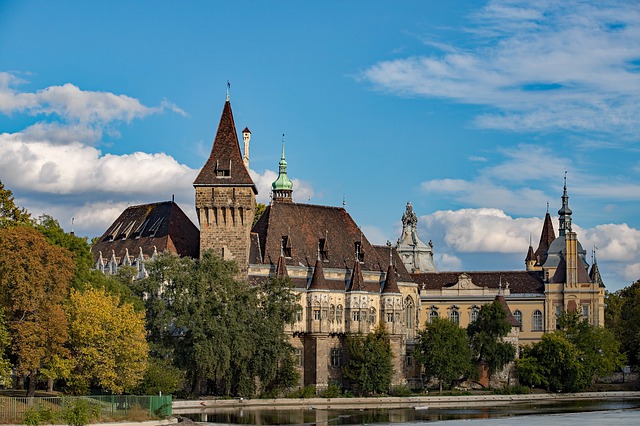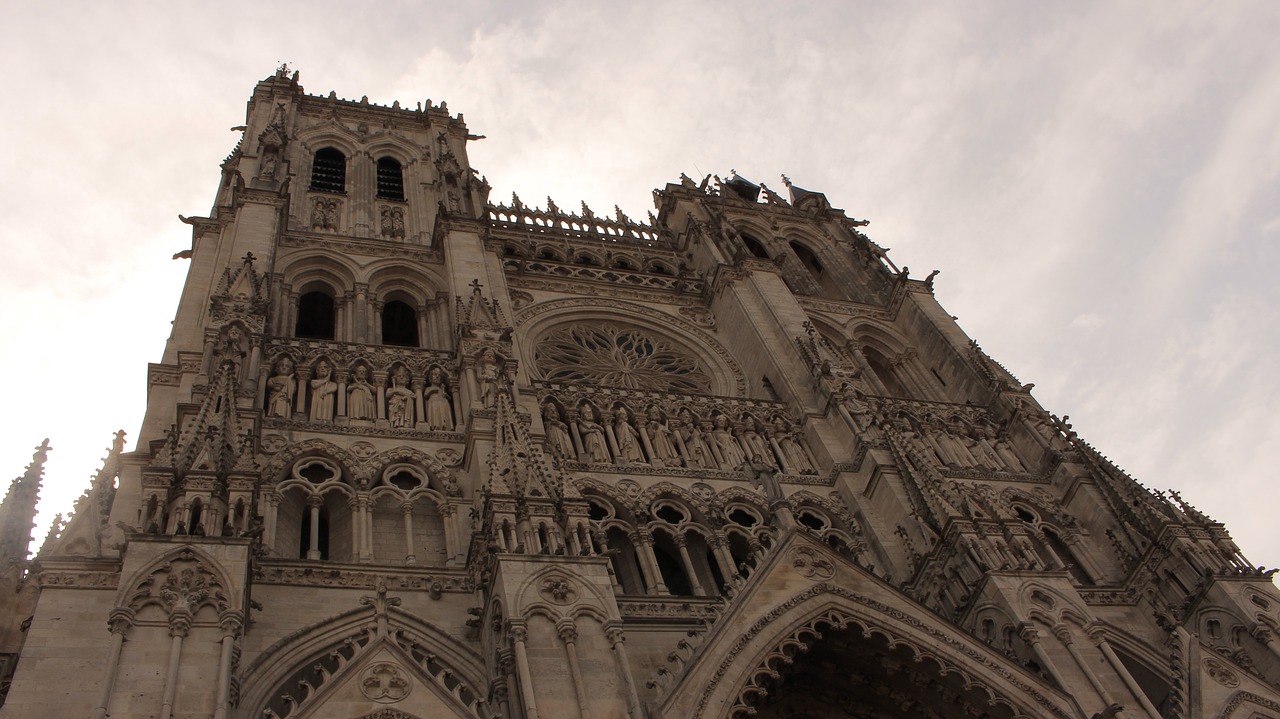Diving and Snorkeling in Roatans Coral Reefs: Explore the Underwater Paradise of the Mesoamerican Barrier Reef
Roatan, a stunning island located off the coast of Honduras, is renowned as a world-class destination for diving and snorkeling. Its crystal-clear waters and vibrant coral reefs attract adventurers and nature enthusiasts from around the globe. Roatan's coral reefs are part of the Mesoamerican Barrier Reef, the second-largest reef system in the world. In addition to the exhilarating underwater experiences, diving and snorkeling in Roatan offer various health benefits, such as relaxation and improved circulation. Let's explore the wonders of Roatan's coral reefs and the incredible marine life that calls them home.
The underwater world of Roatan's coral reefs is like entering a different realm, where colors, shapes, and marine life converge to create a mesmerizing sight. The vibrant coral formations and diverse marine species make Roatan a paradise for snorkelers and divers alike. From the graceful sea turtles to the schools of colorful fish, every dive or snorkeling excursion is an opportunity to witness the beauty and biodiversity of the marine realm.
Overview of Roatan's Coral Reefs
Roatan's coral reefs are a vital component of the Mesoamerican Barrier Reef, stretching over 700 miles along the coast of Central America. These reefs support a rich diversity of marine life and provide habitats for numerous species.With over 400 species of fish and 70 species of corals, including grunts, butterflyfish, parrotfish, and groupers, Roatan's underwater world is a mesmerizing sight. The coral reefs not only offer ecological significance but also play a crucial role in protecting coastlines and supporting local economies. They act as natural barriers, helping to dissipate the energy of waves and storms, thus minimizing the impact on coastal communities. Additionally, the reefs contribute to tourism, attracting visitors from all over the world who come to experience the wonders of Roatan's underwater world.
One specific example of the vibrant marine life in Roatan's coral reefs is the presence of eagle rays. These graceful creatures can often be seen gliding through the water, their wings gracefully flapping as they move effortlessly through the coral landscape. Their presence adds to the awe-inspiring experience of exploring Roatan's coral reefs, making every dive or snorkeling adventure truly unforgettable.
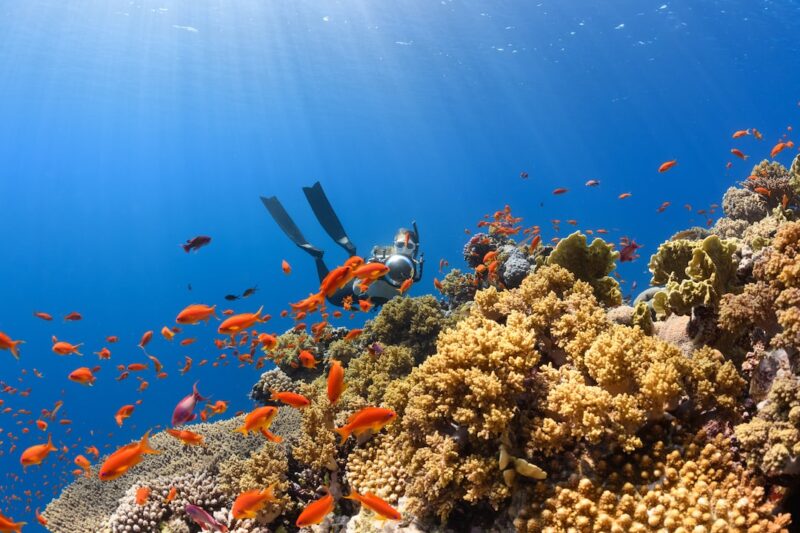
Top Diving Spots in Roatan
Roatan boasts an array of exceptional diving spots that cater to divers of all levels.Lighthouse Point and Blue Channel are among the most popular spots, known for their stunning underwater landscapes and diverse marine species. Lighthouse Point offers the opportunity to explore underwater caves and swim alongside walls adorned with colorful corals. Blue Channel, on the other hand, is famous for its abundance of marine life, including schools of vibrant fish and fascinating coral formations. These locations are just a glimpse into the underwater wonders that Roatan has to offer.
Another notable diving spot in Roatan is West End Wall. This site is known for its dramatic drop-off, where divers can descend into the depths and explore the vibrant coral formations that line the wall. Mary's Place is another popular spot, offering a unique experience with its narrow canyons and swim-throughs. Coco View Wall is renowned for its incredible visibility, allowing divers to fully appreciate the beauty of the coral reefs and the marine life that thrives within them. These diving spots, each with its own unique features and encounters, provide endless opportunities for exploration and adventure.
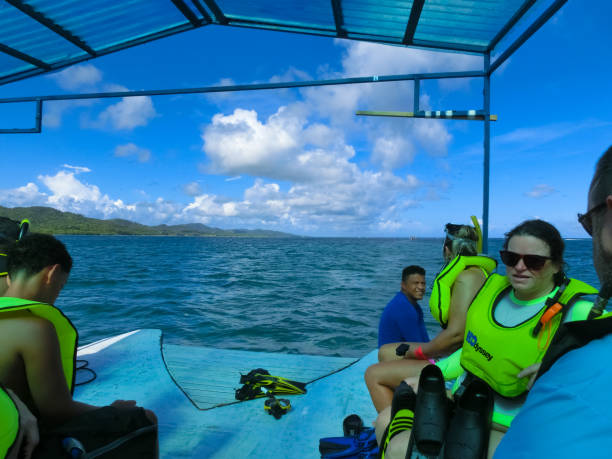
Snorkeling Locations in Roatan
For those who prefer snorkeling, Roatan offers an abundance of breathtaking sites.West Bay and Pigeon Cay are among the top snorkeling locations, with their crystal-clear waters and stunning coral gardens. Snorkelers can immerse themselves in the vibrant underwater world and observe a variety of marine life, including eagle rays, barracuda, stingrays, nurse sharks, and dolphins. The house reef is another popular option for snorkeling, where snorkelers can simply walk into the water from the beach and explore the coral formations close to the shore. Alternatively, snorkelers can join divers on their boat trips to access deeper and more remote snorkeling spots. Roatan's snorkeling spots offer a range of experiences for snorkeling enthusiasts, from shallow and easily accessible sites to more adventurous and remote locations.
One specific example of the marine life that can be observed while snorkeling in Roatan is the presence of barracudas. These sleek and predatory fish can often be seen patrolling the reefs, their long and slender bodies gliding effortlessly through the water. Snorkelers can observe them from a distance, marveling at their impressive size and the grace with which they move. The presence of barracudas adds to the excitement and sense of adventure while snorkeling in Roatan.
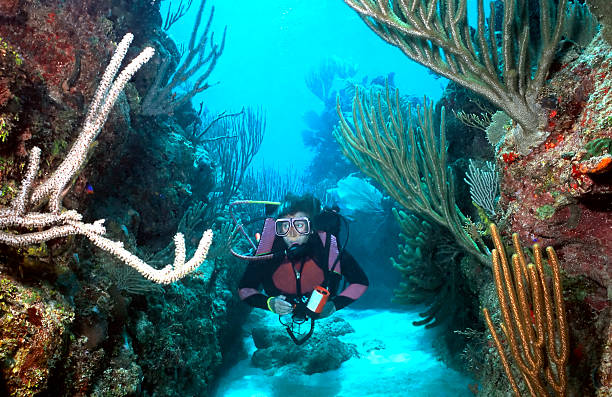
Marine Life in Roatan's Coral Reefs
Roatan's coral reefs are teeming with a diverse array of marine life, offering a captivating glimpse into the underwater ecosystem. Snorkelers and divers may encounter sea turtles gracefully gliding through the water, stingrays gliding along the sandy bottom, and nurse sharks patrolling the reefs. Schools of grunts, butterflyfish, parrotfish, and groupers add bursts of color to the coral landscape. Tarpons, barracudas, and various species of coral further contribute to the vibrant tapestry of Roatan's underwater world. Exploring Roatan's coral reefs allows us to witness the beauty and biodiversity of the marine realm.
One specific example of the marine life that can be encountered in Roatan's coral reefs is the abundance of parrotfish. These colorful fish, with their vibrant hues and beak-like mouths, are a common sight among the coral formations. They play a crucial role in maintaining the health of the reefs by feeding on algae and dead coral, helping to prevent the overgrowth of algae that can smother the coral. Observing parrotfish in their natural habitat is not only a visual delight but also a reminder of the intricate balance of the underwater ecosystem.
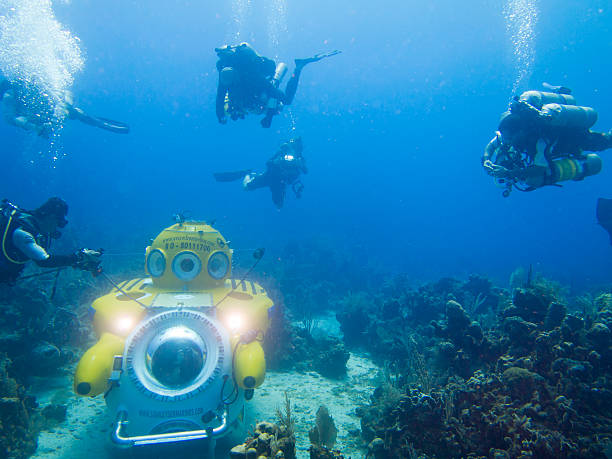
Safety Tips for Diving and Snorkeling in Roatan
While diving and snorkeling in Roatan offer thrilling experiences, it's essential to prioritize safety. Here are some tips to ensure a safe and enjoyable underwater adventure:
- Ensure you have proper equipment, including well-fitting masks, snorkels, fins, and BCDs (buoyancy control devices) for divers.
- Dive within your personal limits and always follow the guidance of experienced professionals and dive masters.
- Stay aware of weather and sea conditions, and avoid diving or snorkeling during periods of rough seas.
- Practice responsible diving and snorkeling, respecting the marine environment and avoiding contact with coral and other fragile marine species.
By following these safety tips, you can have a memorable and safe experience exploring the wonders of Roatan's underwater world.
Best Time to Visit Roatan for Diving and Snorkeling
If you're planning a diving or snorkeling trip to Roatan, timing is key. The months of March, April, and May offer the best conditions for underwater activities. During this period, the weather is generally pleasant, and sea conditions are favorable for diving and snorkeling adventures. The water visibility is often at its best, allowing for clear views of the coral reefs and the marine life that inhabits them. However, it's important to note that the rainy season in Roatan occurs from October to December, which may result in rough seas and less suitable conditions for underwater activities. The water temperature in Roatan remains comfortably warm, ranging from 79 to 86°F (26 to 30°C) throughout the year. By visiting Roatan during the optimal months, you can maximize your enjoyment of the underwater wonders it has to offer.
Conservation and Preservation of Roatan's Coral Reefs
Preserving the delicate balance of Roatan's coral reefs is crucial for their long-term survival. The Roatan Marine Park plays a significant role in conserving and restoring the coral reefs surrounding the island. The park implements various initiatives, such as coral reef monitoring, marine education programs, and sustainable fishing practices, to ensure the protection of the reefs and their associated ecosystems. However, these reefs face challenges such as coral bleaching and stony coral tissue loss disease. Climate change, pollution, and overfishing are some of the factors that contribute to these threats. Sustainable tourism practices, like supporting the Roatan Marine Park and engaging in responsible diving and snorkeling, are essential for the protection of these precious ecosystems. By raising awareness and supporting conservation efforts, we can contribute to the preservation of Roatan's coral reefs for future generations to enjoy.
In conclusion, diving and snorkeling in Roatan offer a gateway to a breathtaking underwater world. The island's coral reefs, part of the Mesoamerican Barrier Reef, provide habitats for a diverse array of marine life and offer unforgettable experiences for adventurers and nature lovers alike. By embracing safety precautions, choosing the best time to visit, and supporting conservation efforts, we can ensure the long-term preservation of Roatan's coral reefs and continue to explore their wonders for years to come.
